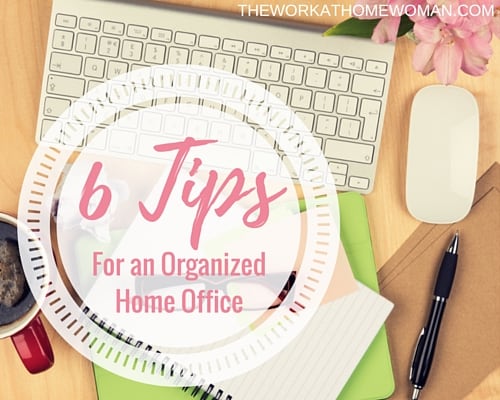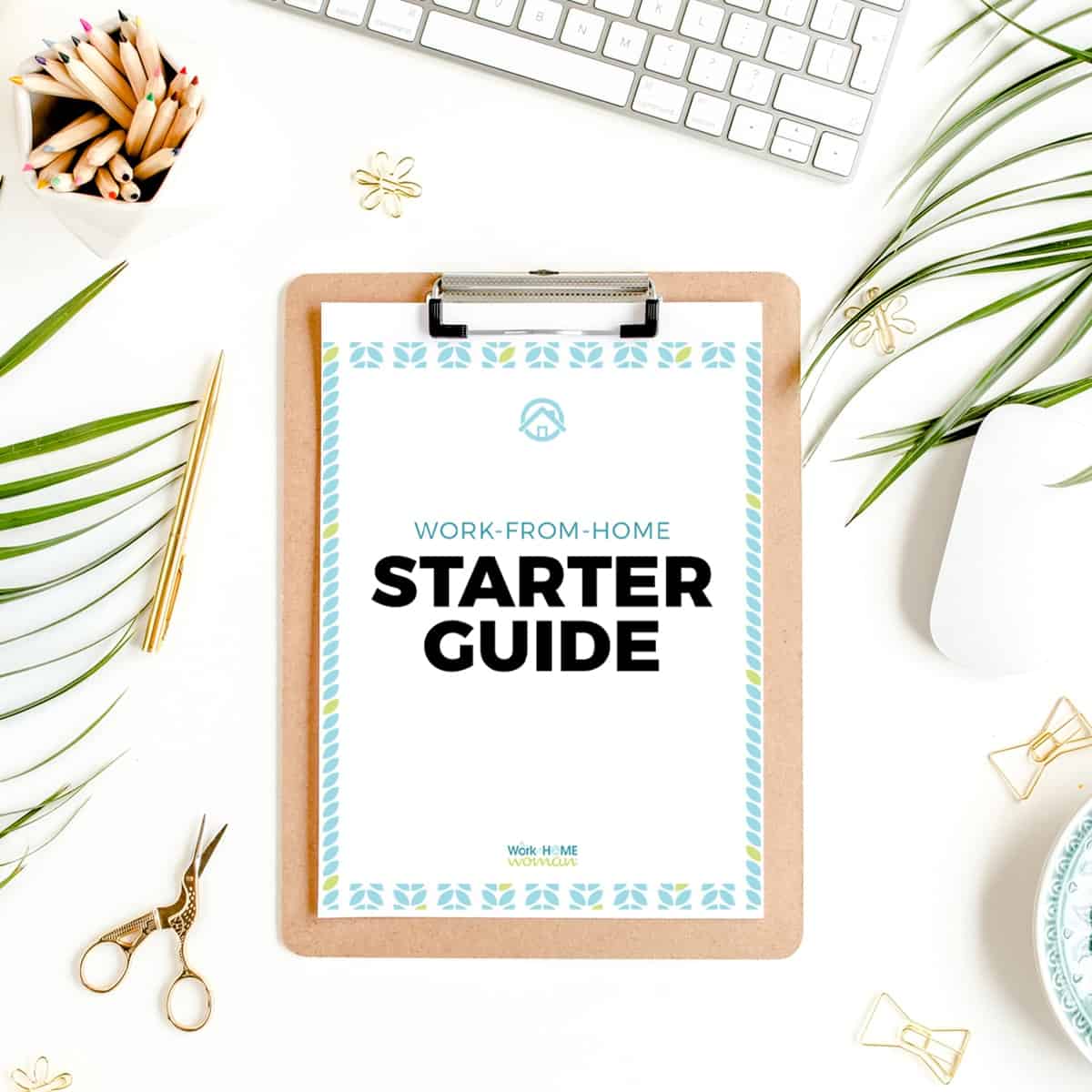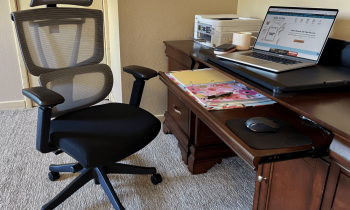 As I sit down to write this post, I’m looking around and noticing that my office is a hot mess. Really. Papers everywhere, supplies scattered about, piles of work and things to follow up on placed haphazardly about, with my keyboard and mouse peeking out from all the madness.
As I sit down to write this post, I’m looking around and noticing that my office is a hot mess. Really. Papers everywhere, supplies scattered about, piles of work and things to follow up on placed haphazardly about, with my keyboard and mouse peeking out from all the madness.
Suffice it to say, it is a bit overwhelming. In fact, there have been several studies that have shown that there is a direct connection between productivity and the amount of chaos and clutter in your workspace. More clutter usually equates to wasted time looking for things, trouble focusing, and ultimately making you less productive.
So, I’ve decided to get my act together and share the following six tips for organizing your home office.
1. Have a place for everything
If you want help keeping your desk clear of clutter, make a point to designate a home for everything. Paperwork can go in binders or file cabinets, supplies can be stored in a drawer or basket, projects you are currently working on can go in file folders or labeled “inboxes,” etc. If you have a place for everything, you will know where to put things away when you are done with them and will be able to find them again easily when you need them.
2. Manage what comes into your office
For whatever reason, my office becomes the storage place of the house, and things get tossed in there that don’t have anything to do with my work or managing the household.
One way to keep your home office organized is to start being seriously selective about what you allow to be placed there. Get it out of there if it doesn’t belong! And if something new comes into your office that DOES belong there, try to help prevent too much stuff from accumulating by adopting the “one thing in equals one thing out” method. For example, if you buy a new stapler, donate the old one if it is in working order, or pitch it if it was broken. The bottom line is, whenever you bring something new in, take a moment to clear out something you no longer need.
3. Create a mail center
I have stacks and stacks of mail. Household mail. Business mail. Not only does the mail start to take over my desk, but important matters fall through the cracks and critical items are difficult to locate when I need them. One great way to get on top of it is to design a mail center. I have an inbox installed on the wall and have labeled two slots to differentiate between business mail and household mail. To take it a step further, I’ve created folders for items that need to be filed and items that require follow-up from me. The rest is shredded and tossed. To stay organized, I take a few moments every day or every other day to go through the mail and sort it into one of those three categories (to do, file, trash).

4. Make a checklist or design a workflow for repetitive tasks
Most of us have repetitive tasks we complete each day, week, or month. If you find a method that works, take a few moments to design a checklist that will help you complete the task. For example, each month I have month-end tasks I must do for our business. I balance our business checking and savings accounts, reconcile any credit cards we may have used, pay our sales taxes to the state, and run a few reports.
I’ve created a month-end checklist, that has the steps I need to follow each month. I have a folder that I’ve attached the checklist to and any paperwork that I’ll need for the end-of-the-month is put in there (credit card statements, bank statements, notes about adjustments, etc.). This helps me to zip through the tasks and keeps everything organized and accessible when I need it. Then, once I am done, I can file it all away, and the folder and checklist are ready to go for the next month.
5. Schedule a quarterly or monthly purge
Set aside some time on a regular basis to purge items you no longer need. Dispose of broken equipment. Move files that can be archived to your garage or a storage facility (those cardboard storage boxes you can purchase at office supply stores are perfect for labeling and storing items that you don’t need on a day-to-day basis but you can’t yet throw away). Throw away the expired office supply coupons you have on the corner of your desk (yes … I am speaking from personal experience here). The idea is to clean out at least one thing from your office that you no longer need.
6. Spend five minutes at the end of each day to get organized
Spending a few minutes each day to straighten up your workspace is probably the most important thing you can do to stay organized. In my case, if I’d had done some quick filing, or taken out things that didn’t belong in my office, or put things back in their designated place on a daily basis, I wouldn’t be struggling with the mess I currently have in my home office.
If things are already clutter-free and organized in your office, use this time to prep yourself for the following day. It will be five minutes well spent vs. the time it takes when you don’t do this and you finally have to clean up so you can function. I, for one, will be spending much more than five minutes tomorrow morning, cleaning up this mess so I can get some work done.
Conclusion
What about you? What do you do to keep your home office clean, organized, and productive? What office organization mistakes have you made, and what did you learn from them? What tips have made the biggest difference for you?






The mail center is a brilliant idea.
I keep work related papers in a plastic sleeve pinned to my cork board. This way they stay gathered and don’t interfere until i’m ready to review and file them.
Not as fancy as a mail center, but still helpful :)
Ayelet
—-
ayeletkeshet.com
Thanks for sharing, Ayelet! I love bulletin boards both for organization and for visual reminders.